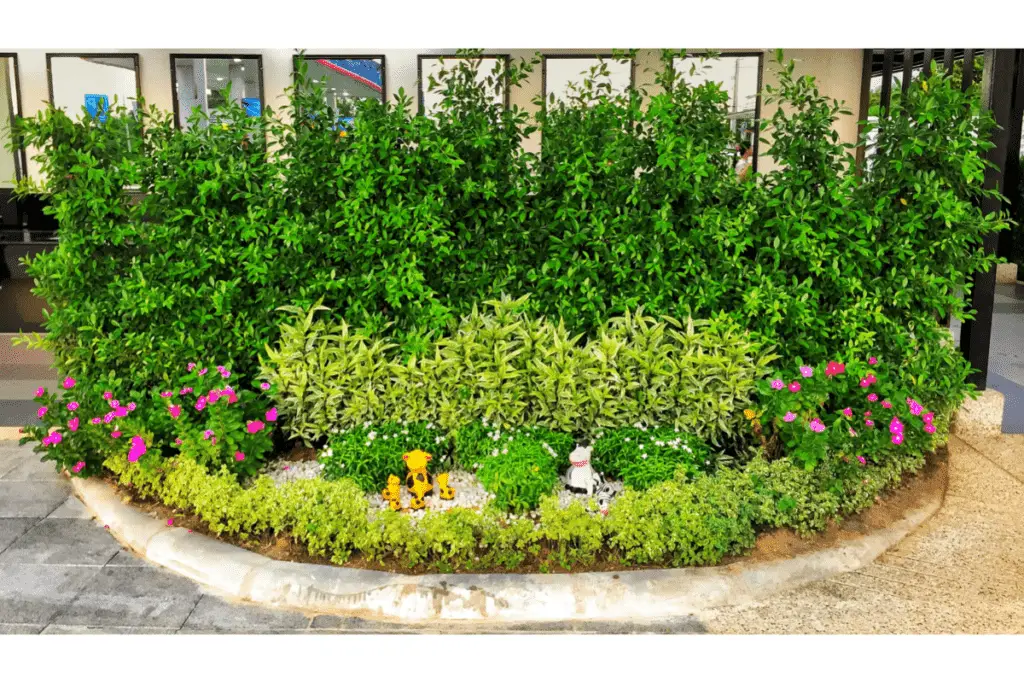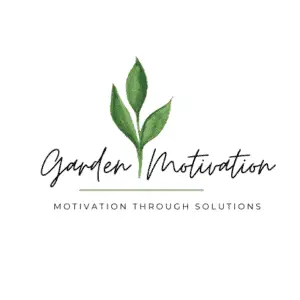
Each year, a lot of gardeners wonder when they should start a garden. If you are one of them, this article will help you answer that question.
Many experienced gardeners know that planting a prosperous garden starts far before a spring growing season. For this reason, it’s recommended to start a garden in the early fall or late summer months. It’s the perfect time to till the ground and add organic matter, like manure or compost, as well as improve nutrient levels and soil structure because cold winter months provide enough time for any organic matter to easily break down and then mingle with the dirt.
When Do You Plant Tomatoes? Starting Plant
Tomatoes love warmth, so you should plant them in early summer or late spring, except in zone 10 because they are a winter and fall crop there. Learn more about the hardiness zones in this post!
For best results, plant starter plants rather than seeds. Choose young tomato plants and make sure you plant them in a sunny and warm place. Keep in mind that tomatoes require at least 6-8 hours of sun to bring out the best flavors. Check out our Growing Tomatoes post for more information!
When To Start Garden Seeds? Gardening in spring
As a general rule, you should start garden seeds four-six weeks before the last frost’s date. You can calculate the seed starting times by taking the last frost’s date and then subtracting days until transplant. A seed packet can tell you how many weeks.
As for the best time to start the seeds, it’s late May or late March. But keep in mind that only southern zones are suitable when it comes to starting plants from seed in earlier months. Make sure to give your plant enough time for germinating and growing to the appropriate transplant size. We looked at the benefits of soaking seeds before planting in this post.
Way To Start A Garden Early In The Spring Start Planting
If you want to get a successful start, there are a couple of gardening secrets you should know.
Pay Attention To Temperature
When planting the spring garden, soil and air temperature are extremely critical elements. We looked at temperature and plants in a more detailed article here For instance:
- Cool-season vegetables require nighttime temperatures in the 40s F and daytime temperatures in the 60s F.
- Warm-season vegetables require nighttime temperatures above 50 F and daytime temperatures in the 70s-80s F.
- Planting seeds usually depends more on the soil temperature than the air temperature. If you can warm the soil enough for seeds to germinate, then growing plants may tolerate relatively cooler air temperatures.
Outdoor Early Planting Tips
- Build a cold frame: It’s a low wooden frame with a glass or a clear plastic top. You can place it over the raised bed or over the seedlings in your garden to give protection from the frosty nights that are quite common in early spring. A cold frame keeps the soil and air 5-10 degrees warmer than a surrounding garden.
- Use containers: Plant early flowers or veggies in containers that you can move indoors on chilly days and at night.
- Warm the soil: Use row covers, solar plant cones, or black plastic to warm up the garden soil. Plastic can hold in the heat of the sun and plus, you’ll kill some of the pests and weeds under the plastic.
- Add the hotbed: You can also purchase heating elements in order to turn the cold frame into the hotbed, or use the traditional manure-heated hotbed technique. It will give you more control of the air temperature and soil, which can help in seed planting.
Indoor Gardening
- Start seeds indoors: By starting seed flats in the sunny window, the seedlings will be ready to transplant once the weather warms up.
- Indoor containers: Salad greens and herbs aren’t difficult to grow indoors during the winter. Indoor hydroponic systems can also provide a highly sophisticated growing system for your year-round vegetable harvests.

Greenhouses
If you live in an area with cold spring temperatures, consider creating an artificially heated environment for your tender plants. You have a few options:
- Unheated Greenhouse: It’s made of insulating plastic or glass and functions just like a cold frame, giving frost protection.
- Cool Greenhouse: It’s minimally heated in order to keep the temperatures above 40 F. This can help you grow cool-season vegetables even during winter.
- Warm Greenhouse: It keeps temperatures above 50 F, helping ambitious gardeners grow summer herbs and vegetables even in winter.
Should you use a greenhouse? Find out in this article!
As you can see, there are many good methods you can use to start a garden in early spring, so choose the one you prefer and start working on it.
Warm-season crops – Warm-season vegetables
Warm-season crops to start planting during warm part of your growing season. If you have a short growing season start planting seeds 6 weeks prior to last frost day.
Begin late spring early summer when temperatures reach over 70 degrees.
- Tomato plant
- Corn Plant
- Egg Plant
- Pepper plant
Cool-season crops – Cool-season vegetables
Cool-season crops to start growing in your vegetable garden. Consider faster growing types that can be harvested early in your growing season.
Garden Plant to start late march-early april
- Peas
- radish
- beets
- lettuce
- broccoli
This post contains affiliate links. If you make a purchase through these links, we may receive compensation at no additional cost to you.

